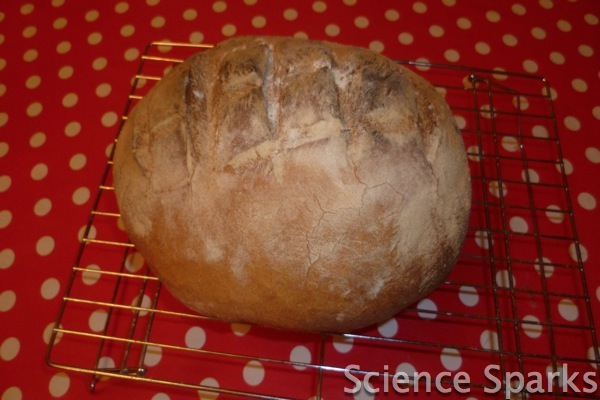
Respiration is a fundamental biological process. It is the process by which energy is made so that all the chemical reactions can occur in your body.
Respiration is the reaction between glucose (from food) and oxygen in the air you breathe to produce carbon dioxide and water (waste products) and the all-important ENERGY!
We can see this process occurring when we make bread!
You'll need
A mixing bowl
500g of strong white bread flour
2tsp of salt
Two sachets of yeast
40g of soft butter
300ml of tepid water
Olive oil
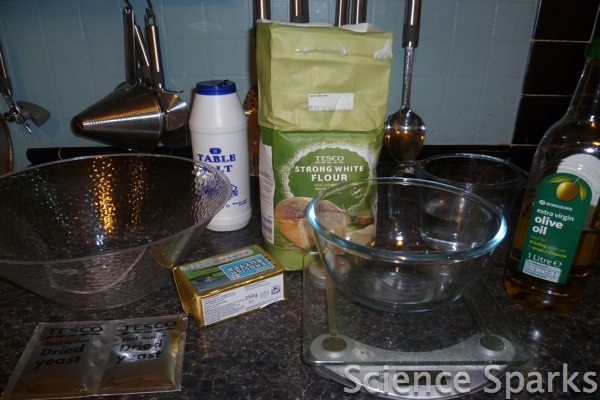
Respiration demonstration - bread making
1. Put the flour in the bowl along with the chopped-up butter.
2. Put the salt on one side of the bowl and the yeast on the other (otherwise, the salt will kill the yeast)
3. Mix and add the water slowly to bring together a rough dough
4. Put a tsp of olive oil onto the work surface and put your dough on top.
5. Start kneading together the dough so it is coated in the oil and becomes smooth and stretchy. This may take at least 5 minutes.
6. Clean out your mixing bowl and smear with oil
7. Place your dough into the bowl and cover it with a damp tea towel
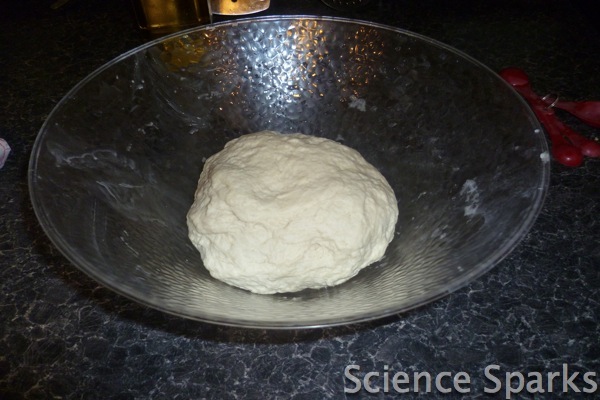
8. After an hour, it should have doubled in size.
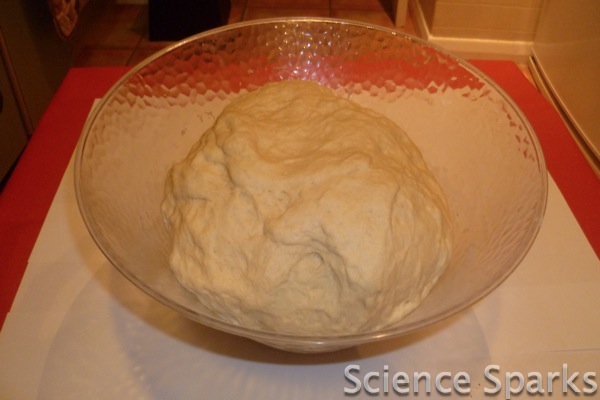
9. Tip the dough onto the work surface with some flour, knead out the air until smooth, and roll into your loaf shape.
10. Place on a lined baking tray and cover with the tea towel again to rise one more.
11. After another hour, it should have doubled in size.
12. Sprinkle on some flour and score in your pattern.
13. Place in the oven at 200 degrees with a roasting tin of water to make steam.
14. Cook for half an hour, and your bread is ready!
Why does bread dough rise?
Yeast is a living organism and needs to respire to make energy! As it respires, it produces carbon dioxide as a waste product. It is this gas that causes the bread dough to rise! Respiration in action!
Even if I say so myself, the bread is very yummy, so not only a bit of science but lunch too!
Last Updated on July 16, 2025 by Emma Vanstone
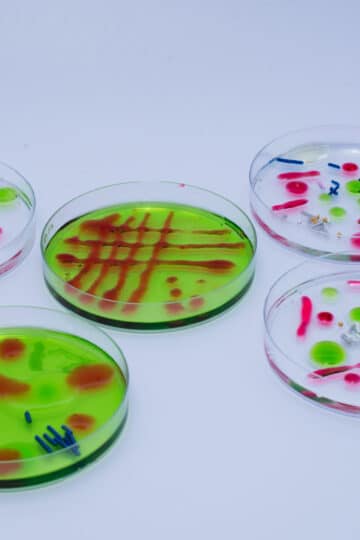
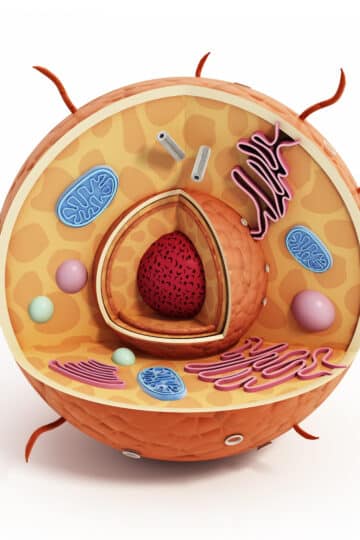
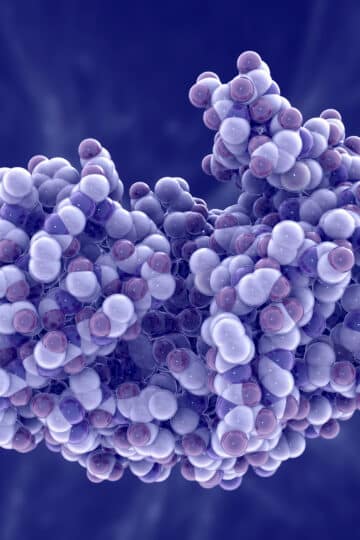
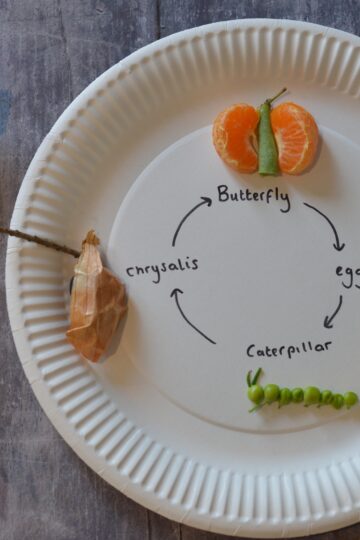
TheBoyandMe says
I should, I want to, but I can't be ar*ed! Now when I've got a breadmachine that does it far better!
ScienceSparks says
Ha ha, but The Boy would love it! x
Brooke @let kids create says
Thanks for sharing the science behind this, I actually never knew all those details. I just knew there was a gas formed that made it rise, really interesting. Thanks for sharing on Monday Madness!
ScienceSparks says
Thank you, I'm glad you liked it! x
maggy,red ted art says
Love how to take "every day things" and explain the science behind. Perfect!
Thank you for sharing on Kids Get Crafty!!
Maggy
ScienceSparks says
That's the whole point of Science Sparks, to show people that Science is in most things we do! Great hey?!
ScienceSparks says
Oh thank you...when is the link up? We would love too. x
Little Wonders' Days says
This is fun and delicious science! I can't wait to make bread again and use it as a science lesson. Little J and I used to make bread, almost weekly, because it is a fun way to build up hand strength as you knead the bread. (He had a fine motor delay.) I'd love for you to share at the AfterSchool Party.
ScienceSparks says
So glad you liked it!
Art For Little Hands (@art4littlehands) says
So interesting. I need to go through all this with my kids next time we make bread. Thanks for the expertise. When we had cable we used to watch Alton Brown. There is so much science in food, baking, and cooking. It is so interesting. Thanks for linking up to Monday Madness! Hope to see you again tomorrow.
Mary says
It looks delicious!
Ticia says
I need to make bread again. It's been so long since I've done it.
Thanks for linking up to Science Sunday!
Mom to 2 Posh Lil Divas says
very cool to explain the science behind ordinary things.
Thanks for sharing on the sunday showcase
Bern
http://momto2poshlildivas.blogspot.com/search/label/Sunday%20Showcase